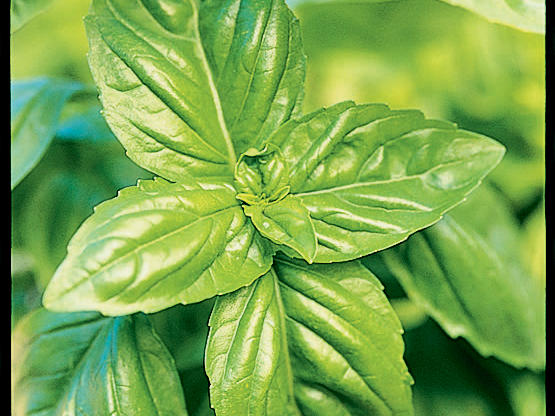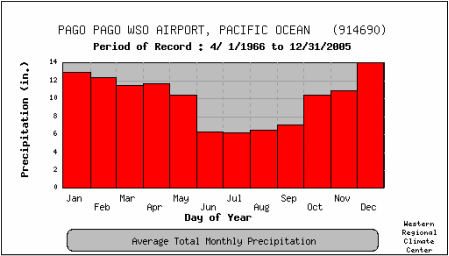Herbs have long been champions of culinary prowess, transforming mundane meals into tantalizing gastronomic delights. Yet, for those residing in humid climates, a rather vexing query arises: how can one keep herbs fresh despite the oppressive moisture in the air? The challenge is significant, as humidity can lead to the swift deterioration of these delicate plants. With that said, let’s explore effective strategies for preserving the freshness of herbs in these sultry environments.
First and foremost, understanding the biology of herbs is crucial. Herbs are living organisms that thrive in specific conditions. They require adequate moisture, sunlight, and nutrients to flourish. However, excessive humidity can lead to mold and decay, stripping herbs of their robust flavor and vibrant colors. Therefore, mastering the interplay between moisture and the preservation of herbs is essential.
One basic yet effective technique is the employment of moisture control methods. Consider utilizing perforated plastic bags for storage. While plastic bags can trap humidity, the perforations allow for airflow, minimizing the chances of excess moisture. Another option is to wrap the herbs in a damp paper towel, subsequently placing them inside a plastic bag. This method maintains moisture while providing sufficient ventilation. It’s a delicate balance rather like walking a tightrope—inadequate moisture leads to wilting, while too much results in slime and rot.
For the more adventurous herb savants, the art of drying may serve as an excellent alternative. Air drying, oven drying, or using a dehydrator can extend the shelf life of herbs significantly. Air drying works best in warm, dry conditions; however, this can be problematic in humidity-laden environments. For instance, herbs like thyme and oregano can be hung in bunches in a well-ventilated area away from direct sunlight. Congratulations! You’ve just taken your first step toward a pantry filled with dried seasonings that can last for months.
The second challenge that arises in humid regions is the potential for pest infestations. Relentless insects can devour a bountiful herb garden, leaving nothing but stalks behind. One effective deterrent is companion planting. Pairing herbs with specific plants can confuse and deter pests. For example, rosemary and cabbage form an alliance that works wonders against common insects. Moreover, essential oils from certain herbs, such as mint or basil, have been proven to repel various pests. This natural form of pest control is not only eco-friendly but also invigorates the garden’s overall atmosphere.
Additionally, hydroponics presents another innovative solution for herb cultivation in moist climates. By growing herbs in a soil-less environment, hydroponics allows for greater control over water and nutrient levels. This method not only curtails the detrimental effects of excessive humidity but also enhances growth rates. Hydroponic systems can be set up indoors, thus circumventing the vagaries of external weather conditions. If you’re feeling particularly ingenious, you might experiment with aquaponics, which combines fish and plant farming in a closed-loop system. What if this approach becomes a mainstream solution for green thumbs in humid regions?
Furthermore, when it comes to choosing herbs, strategic selection can mitigate many of the challenges posed by humidity. Opting for hardier herbs, such as rosemary and sage, may serve you well. These plants inherently possess characteristics that make them more resilient to humid conditions. Conversely, tender herbs, such as cilantro and dill, may not fare as well and should be consumed promptly or stored with meticulous care.
Another trick up the sleeve of a savvy herb enthusiast involves making herb-infused oils or butters. Not only does this preserve the herb’s flavor, but it elevates dishes to new heights of culinary artistry. To create an herb-infused oil, simply steep your chosen herbs in a neutral oil like olive or grapeseed over low heat. This simple process captures the essence of the herbs, allowing their flavors to permeate your culinary explorations. This method yields a product that can maintain quality for months, even in humid climates.
Moreover, regular harvesting encourages continuous growth. Frequent trimming stimulates new shoots and prolongs the life of the plant. Consider this—when you nurture herbs by trimming them frequently, are you not cultivating a cycle of abundance? It is a veritable win-win situation, ensuring that your herb supply remains robust while aiding the plant’s growth. Finally, integrating smart gardening practices such as raised beds or container gardening can also positively impact moisture retention and drainage.
As it stands, keeping herbs fresh in humid climates presents a unique challenge that requires creativity, resilience, and knowledge. Whether through innovative storage solutions or the implementation of companion planting and hydroponic systems, the possibilities are virtually limitless. Ultimately, seizing the opportunity to cultivate herbs can transform cooking not only into an art form but also into an innovative expression of climate-conscious gardening methods. In the grand scheme of combating climate change, every little effort counts—so why not start with your own kitchen? The preservation of flavors, aesthetics, and biodiversity hinges on the choices made today. Are you ready to embrace these methods and keep those herbs flourishing?








